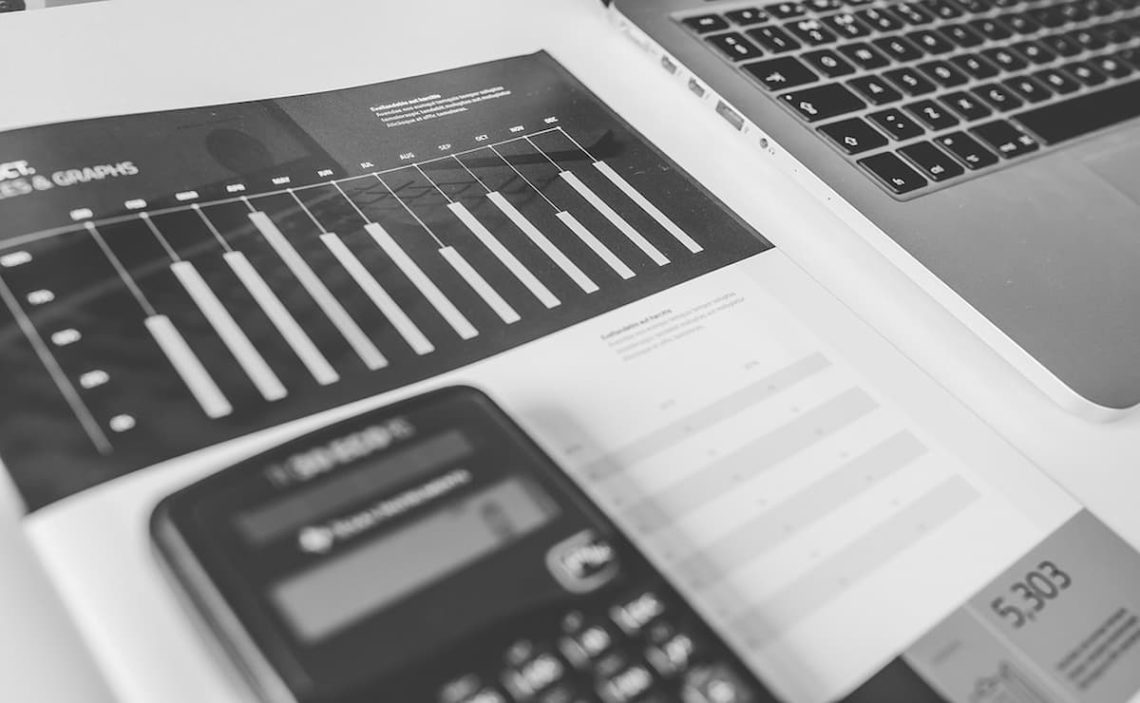A lot of importance is often attached to cash in a business. Cash flow is especially important in small and medium-sized businesses, but it affects any company and its finances.
Let’s understand better how cash flow works and why it is very important for any business model, regardless of size.
How to analyze cash flow?
As is often the case with any accounting term, there is no single way to approach cash flow analysis. When talking about companies, we refer to at least three types of cash flow:
- Operating cash flow
- Cash flow in investment cash
- Cash flow in the financing cash flow
These are three important concepts that should be kept in mind in any basic accounting, regardless of the company’s size. But moreover, they are also important to apply and adapt to personal finances.
It is generally considered that any company should always have its operating cash flow analysis up to date. That would be a necessary action incorporated in any business or company. The operational cash flow is the one that is going to analyze how cash flows in and out of all the activities that the company performs.
As for cash flow in investing or financing activities, it is not always necessary in all businesses. Rather, it is not always needed all the time.
To better understand this statement, it is essential to understand that when we talk about investment activities, we are not always referring to investing in shares or other assets to find profitability. These investments can also refer to capital expenditures or investments to improve the company’s productivity.
Cash flow in financing cash would refer to the money that will come directly from shareholders and creditors. That is also not important for all companies on a regular base.
How to analyze a cash flow statement?
You cannot perform a cash flow analysis if you do not have a cash flow statement. Although you may confuse the two concepts, they are not the same. Usually, when you use any accounting software, no matter how simple it is, the cash flow statement will be generated automatically.
When it cannot be generated automatically, it is necessary to do it manually. However, it is perfectly possible and is not overly complex. It is time-consuming, and it is important to avoid making mistakes that can change the entire accounting. Therefore, it is recommended to do it in an automated way.
In a cash flow statement, what is done is to record all the cash inflows and outflows of the company. It should be noted that assigning each cash inflow and outflow to different categories will be necessary in many cases. These categories are usually optimized in different ways, although it is common to do so according to production lines or areas of the company.
On the other hand, the different types of cash flow are separated
Firstly, always the operating cash flow and then the investment and financing cash flows. Traditional manual accounting systems can record direct or indirect cash flow.
- The direct method, what is done is to list any cash inflow and outflow according to the company’s activities. What this does is indicate a net income.
- In the indirect method, the income is net to begin the analysis. After having the net income as a starting point, the non-cash inflows or outflows are added or subtracted.
How is the analysis composed?
The cash flow analysis is composed of different steps or keys to take into account. Although there may be a few more, these would be the main keys:
- Free cash: where it is measured in cash left over after paying expenses.
- Operating margin: this is the indicator of revenue conversion into cash profit. It is usually considered an indicator of the company’s success or failure. It is obtained by adding net income, depreciation, amortization, and change in working capital, and all this must be divided by revenue.
- Trends: after the previous steps, it is usually considered important to determine trends or patterns. That applies primarily to expenses to determine margins for improvement. Not infrequently, it is also used to determine if the relationship between production costs and price is adequate.
Can it be applied to personal finance?
Although these concepts are more related to accounting, the truth is that they can be applied to personal finances. Remember that determining the relationship between what you earn and what you spend is basic.
Moreover, in a world where our finances are increasingly digital, having a well-optimized cash flow control will allow us to know our accounts’ efficiency much better.


